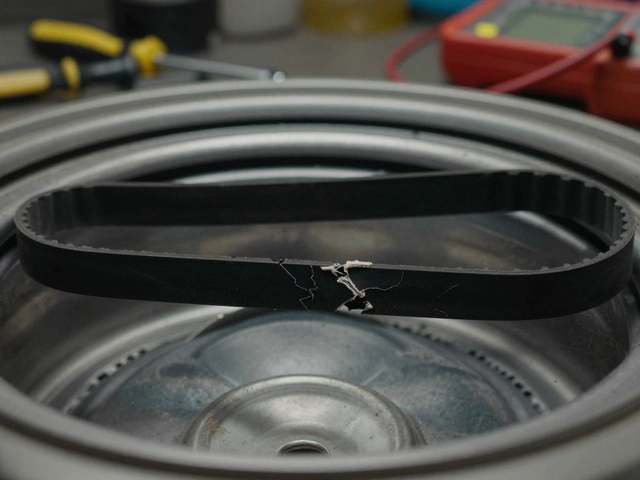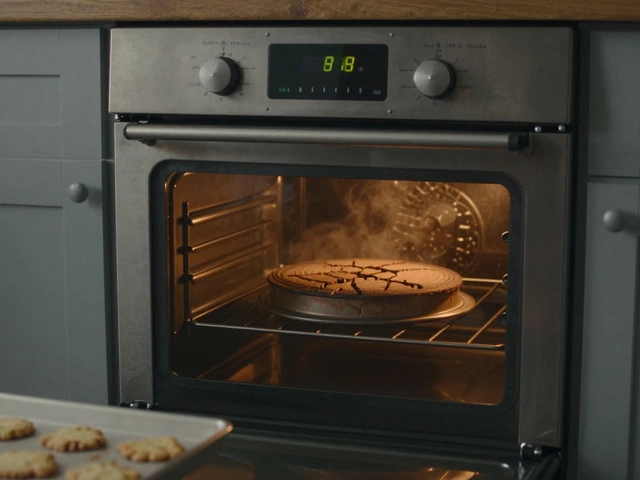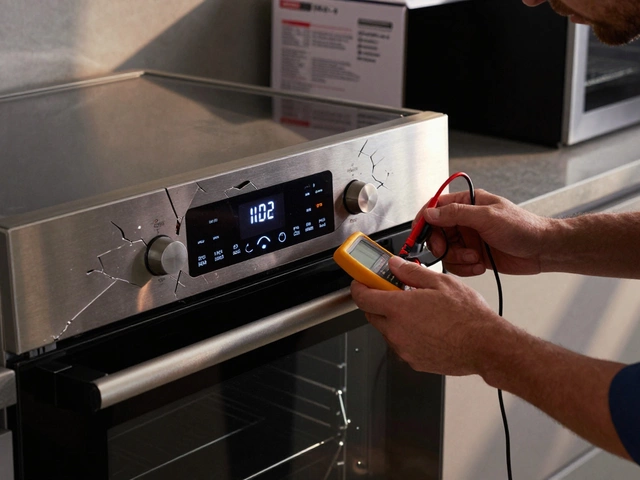Induction vs Ceramic Cooktops – Quick Guide to Pick the Best One
If you’re planning a kitchen upgrade, the cooktop is a big decision. Two popular options are induction and ceramic (also called glass‑ceramic) surfaces. Both look sleek, but they work very differently. Below you’ll find the main points you need to know before you spend money.
Performance and Speed
Induction uses magnetic fields to heat the pan directly. That means the pot gets hot almost instantly and the surface stays cool. You’ll notice boiling water in seconds, and temperature changes happen fast. Ceramic cooktops, on the other hand, heat the glass surface first, then transfer heat to the pan. It’s slower to heat up and slower to cool down, so lingering heat can over‑cook food.
Because induction heats the pan, you get better control. Turn the knob up a notch and the pan reacts right away. With ceramic, the response is more delayed, which can be frustrating for delicate sauces.
Cost, Safety, and Installation
Up‑front price is often the first question. Induction models usually cost more – the technology is newer and you need compatible cookware (magnetic). Ceramic tops are cheaper and work with any pan, but you might have to replace old non‑stick pans sooner because the surface can get very hot.
Safety is a strong point for induction. Since the surface stays relatively cool, spills don’t burn you and kids are less likely to touch a hot area. Ceramic tops can stay hot for minutes after use, so you need to be careful.
Installation differences are subtle. Both need a flat countertop and a power outlet, but induction may require a dedicated circuit if you run a high‑power model. Ceramic is more forgiving – a standard kitchen outlet usually works.
Energy efficiency also tips the scale. Induction transfers about 90% of the electricity to the food, while ceramic loses more heat to the surrounding air. That means lower electricity bills if you cook a lot.
In the end, the right choice depends on your cooking style and budget. If you love fast heating, precise control, and have magnetic cookware, induction is worth the extra cost. If you prefer flexibility with any pan and want a lower price tag, a ceramic cooktop will do the job.
Whichever you pick, keep the surface clean, use the right size pan, and follow the manufacturer’s safety tips. A well‑maintained cooktop will serve you for years, whether it’s induction or ceramic.
7 September 2025
·
0 Comments
Not sure if you should fix or replace your electric stove? Get 2025 NZ costs, lifespan cues, safety rules, and clear steps to decide fast-without wasting money.
Read more






